
- Sustainable Planet -
- 7mins -
- 936 views
5 rational reasons to rewild + how you can help choose Earth’s future
The WILD Foundation is building a global movement to protect wilderness, defend life and build a wild and healthy future for humanity — and your help is needed in the global effort to keep Earth wild.
Rewilding means helping nature heal itself
RewlidingGlobalAlliance explain that rewilding is about conserving the most intact remaining, natural places on Earth at the same time as recovering the life-supporting functions of nature in connected land- and seascapes. It is about restoring the web of life, from cities to the wildest places on the planet, by taking the long-term view and embracing natural solutions to environmental, social and economic challenges, say the
When humans get out of nature’s way, we enable natural processes to repair damaged ecosystems, restore degraded landscapes, and create wilder, more biodiverse habitats. This benefits not only the natural places, but everyone who lives within them — especially humans. Read on for five key reasons from WILD.org why we should rewild, all around the world.
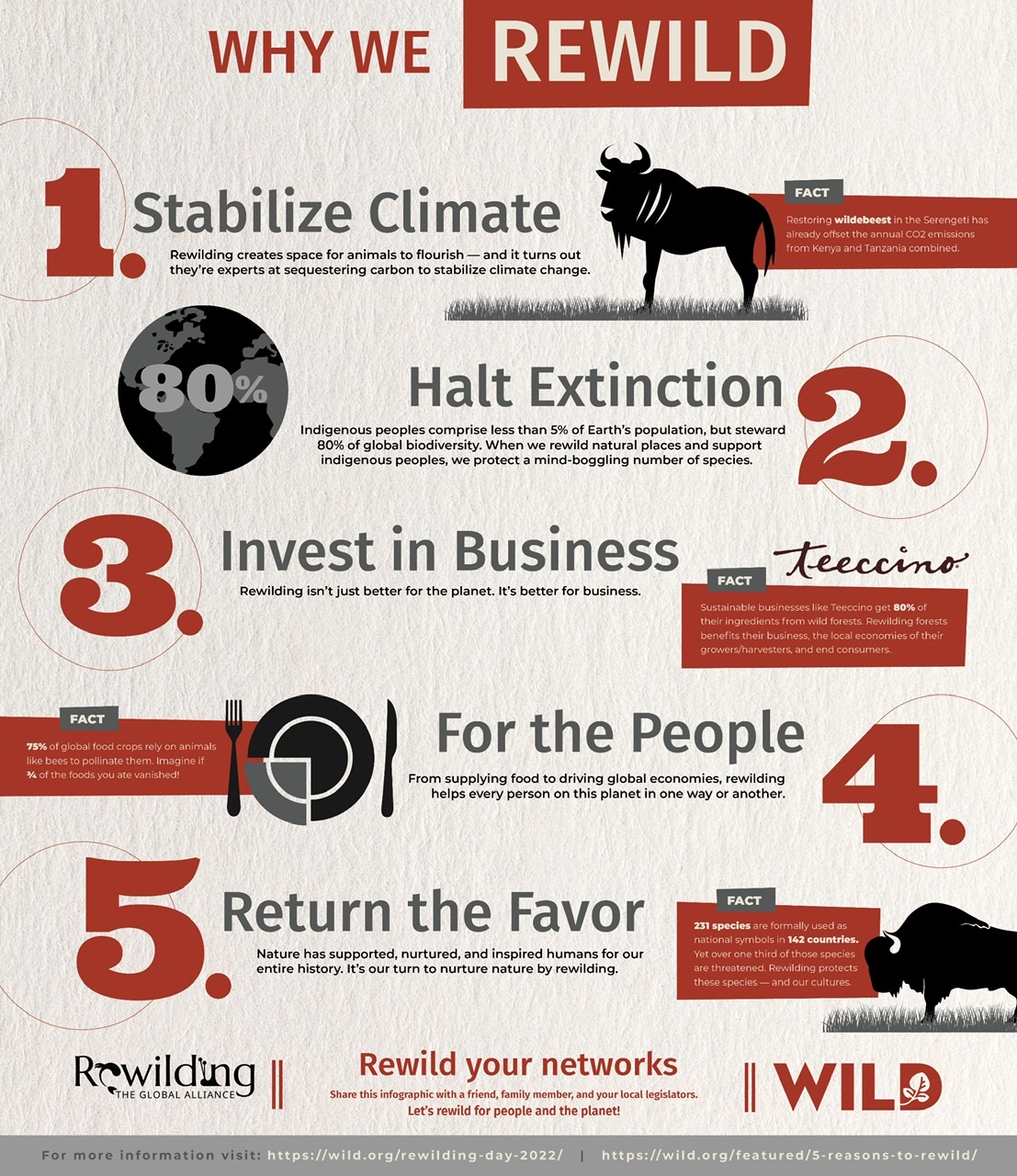
1. rewilding to stabilise the climate
Did you know that billions of experts are, at this very moment, sequestering carbon out of the atmosphere? These experts don’t wear lab coats or attend global conferences — they are wildebeest, elephants, and countless others. They’re nature’s own experts on pulling vast amounts of CO2 from the atmosphere into more stable formats.
The rewilding efforts made in the Serengeti to restore the wildebeest population has transformed the area from a carbon source to a carbon sink. Thanks to these hoofed carbon experts, the Serengeti now takes up an additional 8 million tons of carbon annually. For reference, that offsets the annual CO2 emissions from Kenya and Tanzania — combined.
If historic populations of 1.1 million elephants were restored in the central African Congo Basin, they could naturally store an additional 85 million tons of carbon by increasing upper canopy trees’ ability to capture carbon. That’s the equivalent of France’s annual CO2 emissions!
In fact, healthy wildlife populations can increase Earth’s ability to store carbon by up to 12.5 times. If we tap into this incredible power, rewilding can remove over one third of the excess carbon from our atmosphere — so humans, wildebeest, and everyone else can all breathe a bit easier when it comes to stabilising the climate.
Source: WILD
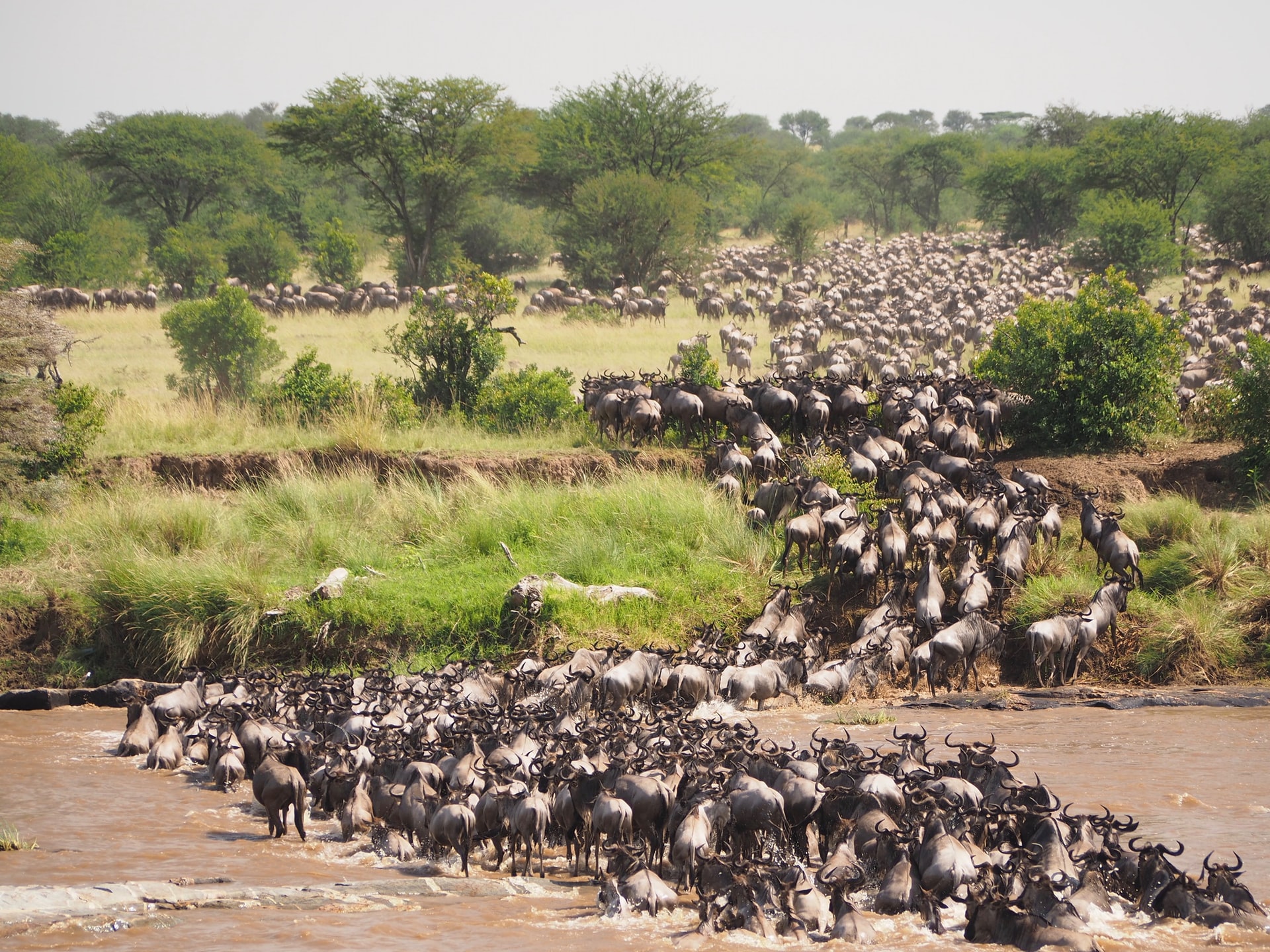
2. rewilding to halt extinction
We know of five mass extinction events throughout Earth’s history, and scientists believe we are entering the sixth. What sets this mass extinction apart from the previous ones is that modern extinctions are occurring hundreds of times faster due to human activity. According to a report from the UN, at least 1 million plant and animal species face extinction within mere decades.
Areas and wildlands stewarded by Indigenous Peoples are the cornerstones of Earth’s remaining biodiversity. Though Indigenous Peoples comprise less than 5% of the world’s population, they protect 80% of global diversity. When we rewild natural places and support Indigenous Peoples, we protect a mind-boggling number of species.
Source: WILD
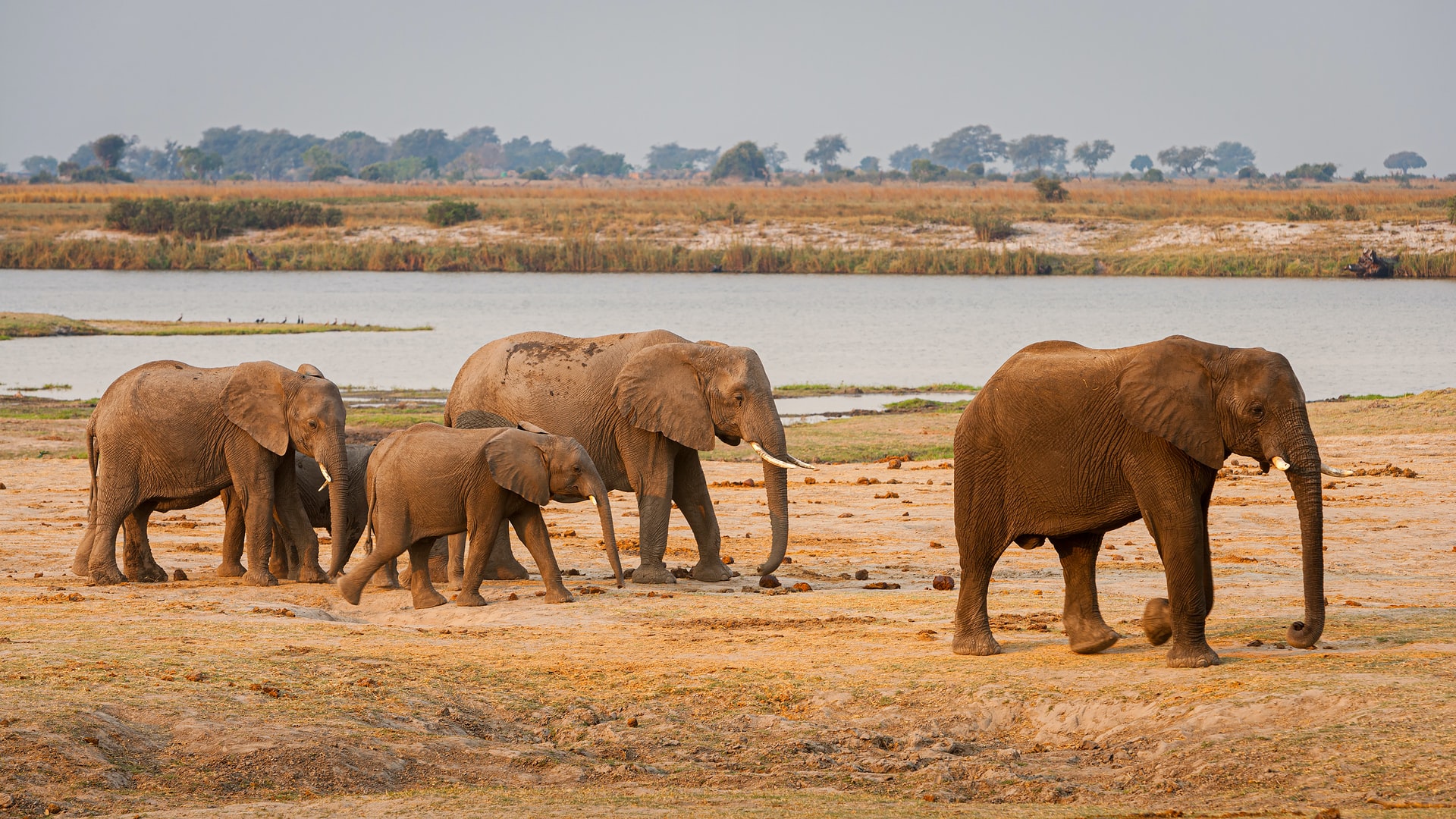
3. rewilding to invest in business
Sustainable and ethical businesses like Teeccino depend on wild nature to provide healthy products that benefit their consumers, the communities that help make them, and the planet itself. Teeccino employs people living in the Maya Biosphere Reserve to harvest the ramon seed, an ingredient that was going to waste on the forest floor.
This holistic business view adds economic value to standing trees — encouraging the rest of the world to keep them standing. As a result, rainforests are preserved and kept in harmony with the people who depend on it for their livelihoods. The ramon tree has the added benefit of spreading easily to areas that have been illegally logged or burned.
For Teeccino, 80% of their ingredients come from wild forests, so rewilding is an obvious choice. But rewilding is a critical part of every business plan. According to Business Wire, 85% of consumers are supporting more sustainable businesses. This rising level of consumer consciousness proves that rewilding isn’t just better for the planet, it’s better for business. When we rewild Earth, we provide the stability and abundance needed for a healthy marketplace.
Source: WILD

4. rewilding for people
Rewilding and securing high levels of biodiversity help humans flourish at every level of their needs. From the basic needs of shelter, food, and water, to flourishing global marketplace economies, rewilding Earth adds value to every level of the human equation.
- Food and water
Globally, billions of people depend on nature and species for their day-to-day food, water, medicine, and economic opportunities. Rewilding helps support at least 1.4 billion people who are engaged in subsistence economies where nature is the most key resource of all.
If that feels distant or difficult to grasp, think of your own dinner plate. Around 75% of global food crops rely on animals like bees to pollinate them to some extent. Imagine if three quarters of your pantry were to vanish.
Additionally, natural spaces are the primary source of drinking water for over a third of the world’s largest cities and ensure global food security.
When we rewild, we secure food and water for every table across the globe.
- Business and pleasure
With the decline of pollinators, more than US $235 billion of agricultural products are at risk. And that’s just food production.
At least 40% of the world’s economy is based on biological resources from wild areas, which is again at risk due to the rapid loss of biodiversity and natural places. Ecotourism is also in danger, as nature-related tourism is a significant income generator for communities all over the world.
Altogether, the food, commercial forestry, and ecotourism industries could lose US$ 338 billion per year if the loss of biodiversity continues at its current pace.
- Creativity and wellbeing
Nature has been a muse for countless painters, poets, authors, storytellers, spiritual leaders, and many others. Have you heard of forest bathing (shinrin-yoku), a term that originated in Japan? Without wild places, we can’t tap into all the different kinds of wellness that nature brings us.
Source: WILD
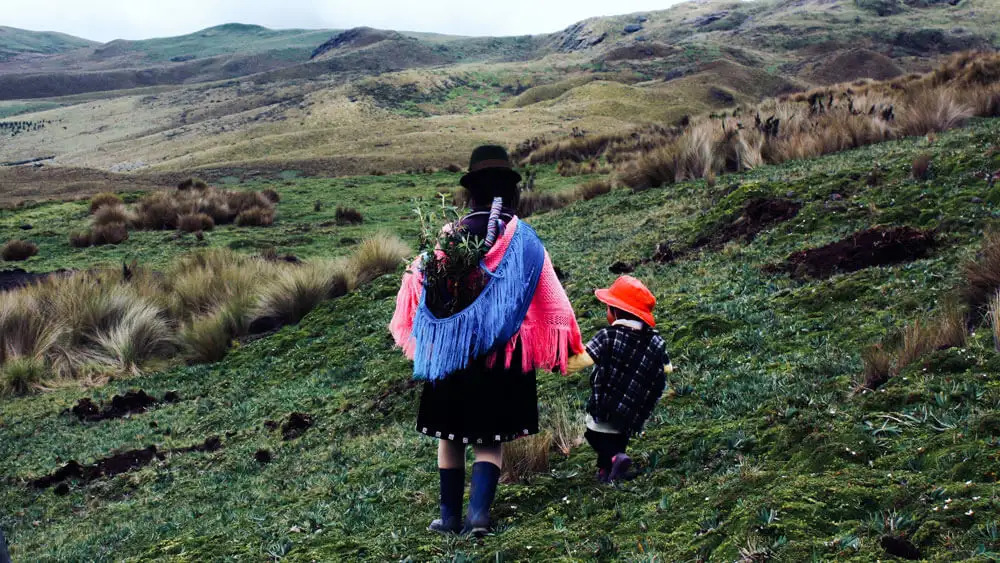
5. rewilding to return the favour
Society’s most important relationship is with the natural world.
In fact, 142 countries rely on 231 species as formal, national symbols. Unfortunately, more than one-third of those species are threatened. Here’s the good news: the bald eagle and American bison are examples of conservation successes because of their role as national symbols. This shows that rewilding does more than protect species, it can protect our cultures and identities as human beings.
Nature has supported, nurtured, and inspired humans for our entire history. It’s our turn to nurture nature by rewilding.
Source: WILD
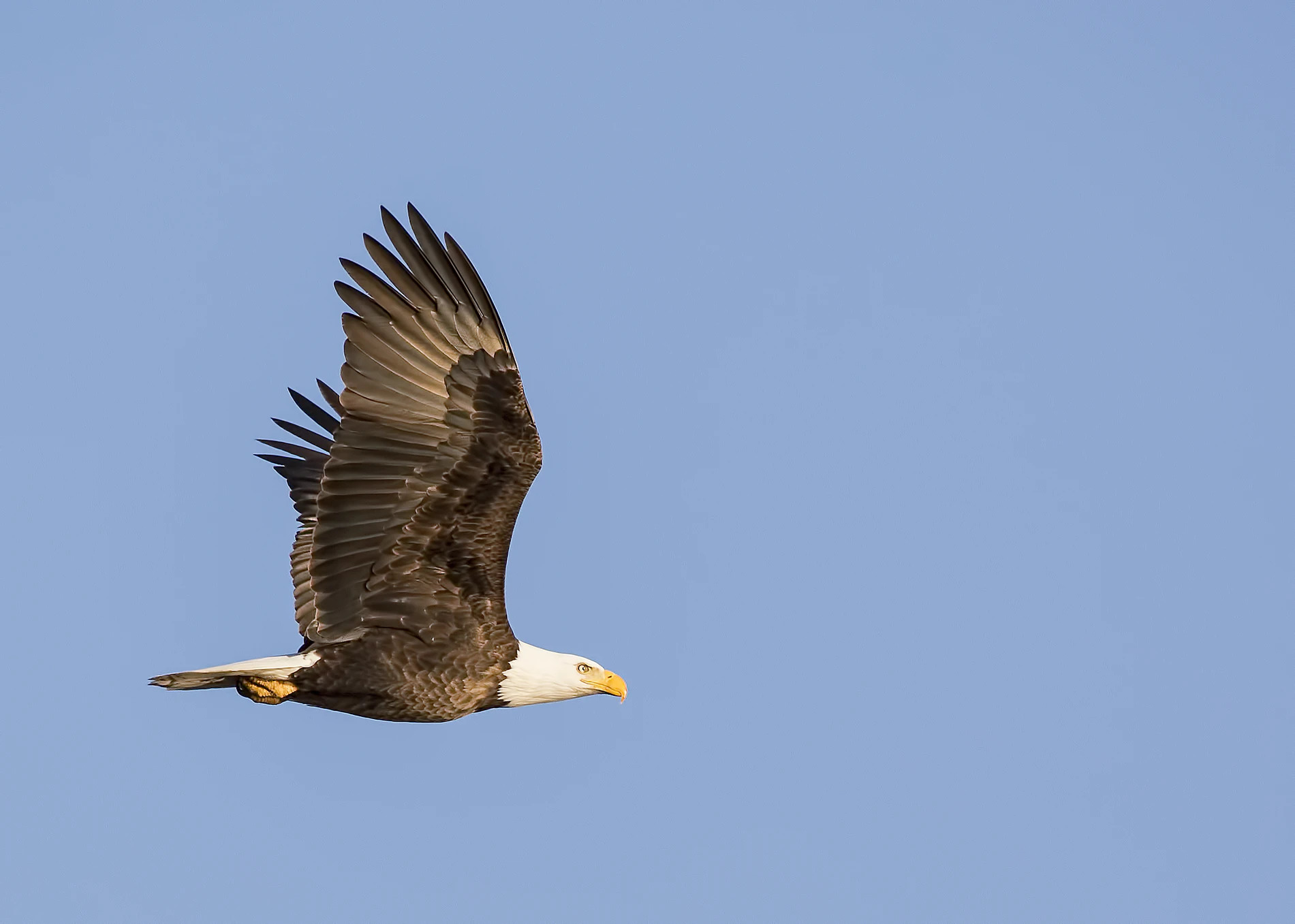
Global Rewilding Alliance: AN ALLIANCE FOR A WILDER EARTH
WILD is a member of the The Global Rewilding Alliance. The Alliance consists currently of 106 practitioner and messenger organisations working in Africa, Asia, Europe, Latin America, North America and globally that pursue the same vision and approach: To heal the planet by initiating processes that aim to recover the natural beauty, diversity and resilience of earth and to so secure also that coming generations can enjoy the richness of earth. All organisations have signed on to the Global Rewilding Charter, which outlines the principles behind Rewilding.

